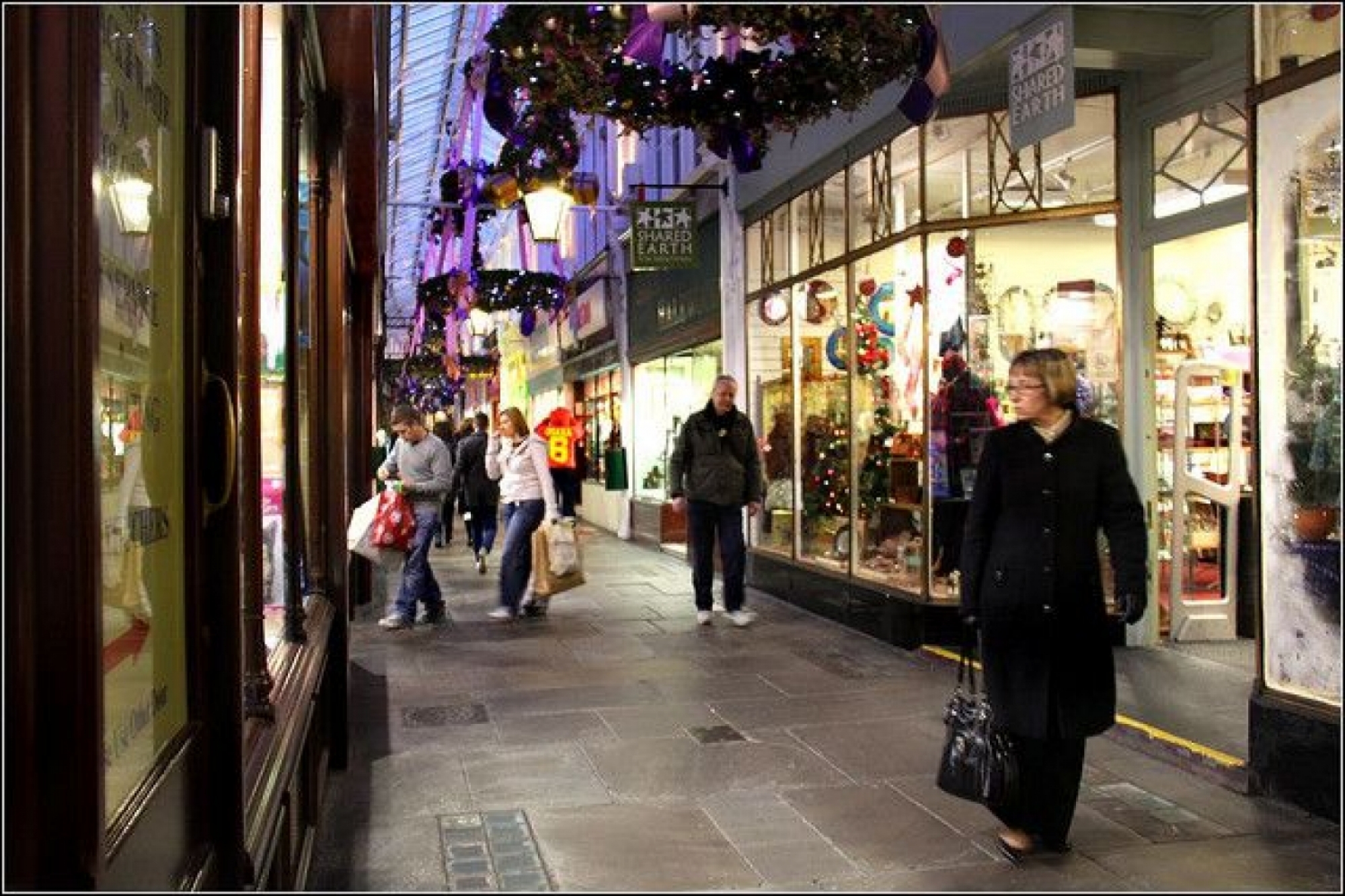Some rights reserved by ben_salter
“Cerys, you’re such a Scrooge!” is a sentence I’ve heard often over the years. Friends, family all seem to think I suffer with a case of the “Bah Humbugs”, but I simply find the idea of Christmas arriving before the pumpkins and witches hats have been put away in October, ridiculous. And why must a certain soft-drink giant’s advert determine “Christmas is definitely, no really it is, here”?
One industry that is welcoming the ever-increasing length of the Christmas period is retail, particularly ecommerce. From Christmas press events in July, to a projected spend of £208m on November 25 alone, the retail industry experiences its biggest boom at Christmas time.
From a quick survey across the office, there are certain brands that stick out as having memorable, and therefore, potentially lucrative, adverts. John Lewis is the clear office favourite, with M&S and Sainsbury’s as top contenders for their slice of the Christmas money pie. All feature very emotive scenes that retailers are hoping will convert into feet through doors, or fingers tapping away online, as research suggests customers acquired at Christmas are 59% more likely to purchase again the next year.
After a particularly memorable Christmas Eve scrum for the few remaining presents last year in Cardiff, I said to myself that I will have everything ordered by November, and via my smartphone or laptop. This year I have expanded to new sites, looking for more unique offerings, such as Etsy, an ecommerce website worth almost $700 million selling handmade items.
However, there’s a lot to be said for being able to inspect those potential gifts in person, and take in the feel, smell, and even the luxurious packaging it may be presented in. A recent survey conducted by Simon saw 4 in 5 agreeing that shopping in brick-and-mortar stores helps provide inspiration for their purchases.
71% of in-store shoppers say their device is important to their in-store experience, with three out of four adding that local information in search results via their device make them more likely to visit the stores.
Another area that retailers are looking to expand into is beacon technology, or Near Field Communication (NFC). Regent Street in London is set to become the first shopping street in Europe to create a mobile phone app delivering discounts, product promotions and other location-specific alerts to the army of shoppers descending on the hundreds of stores lining the iconic West End area.
Retail booms at Christmas are inevitable, but the way in which customers are drawn to certain products (a la Monty the Penguin) is subtly changing, in an ever-digitised World. Now, where’s my phablet? I’ve got some “far-field” purchasing to do…
